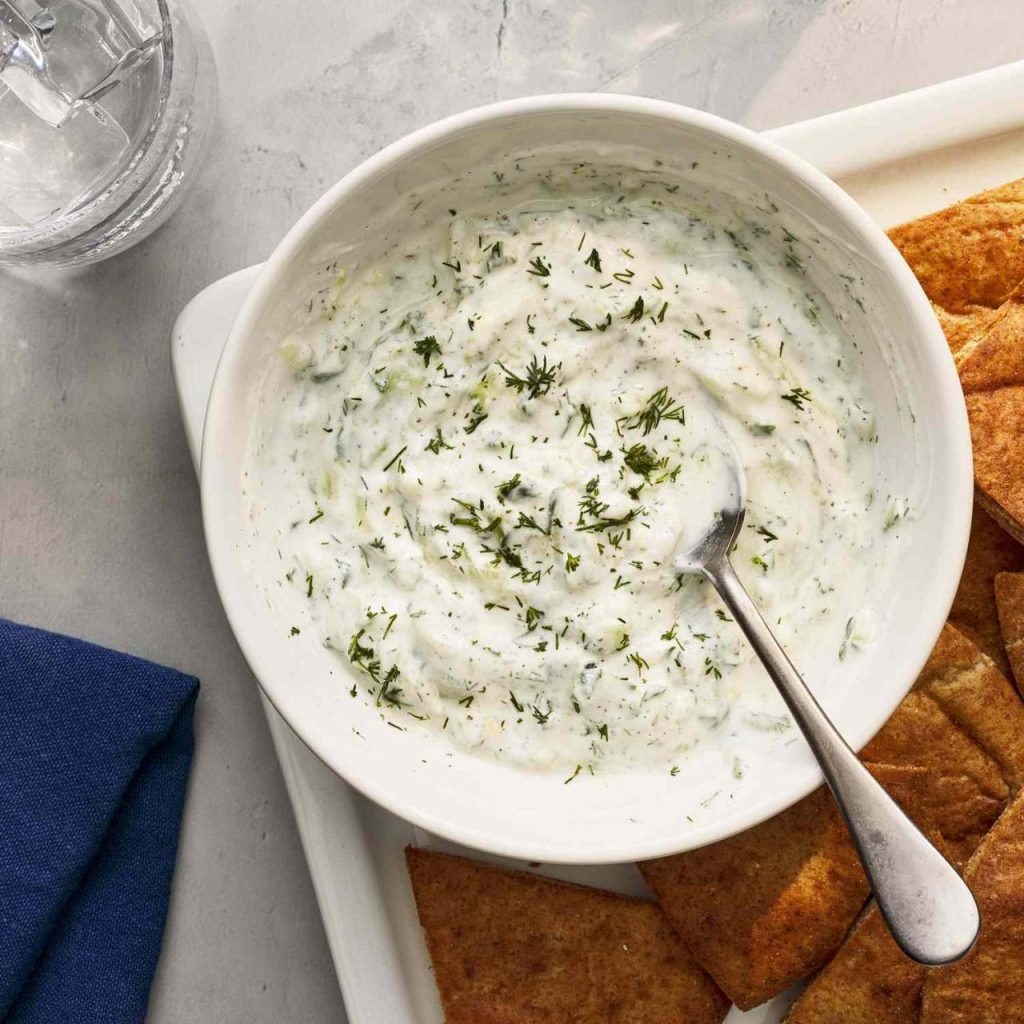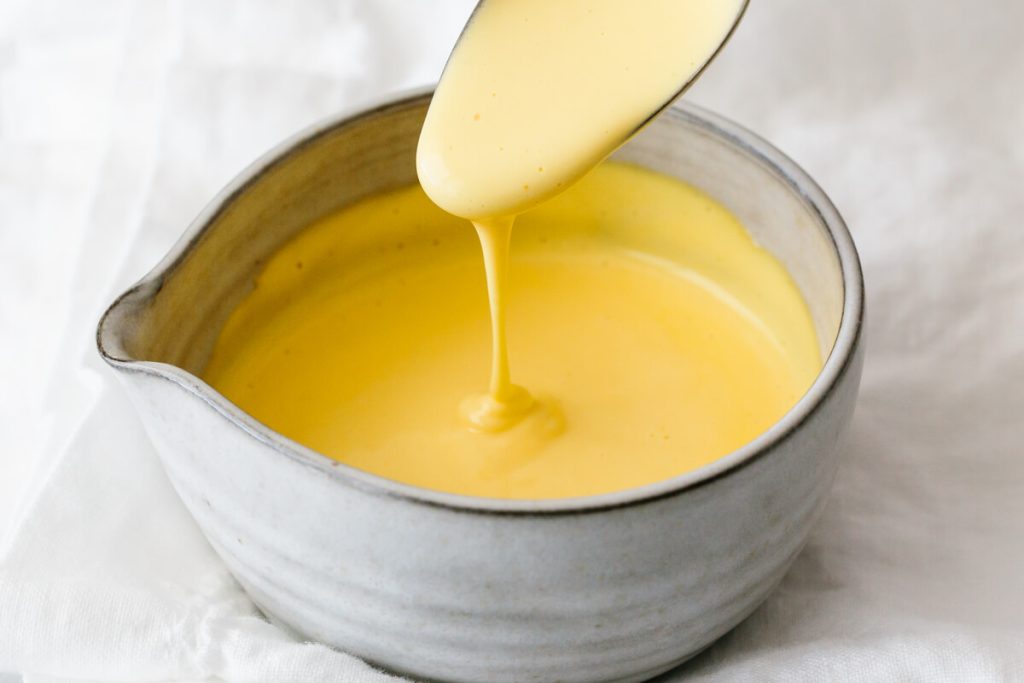There’s something undeniably comforting about a well-made Danish Sauce. This classic sauce, deeply rooted in the culinary traditions of Denmark, is a testament to the power of simplicity in cooking. The harmonious blend of flavors creates a sauce that is rich, creamy, and incredibly versatile. But this article isn’t about the recipe – we assume you’ve got that down to a science. Instead, we’ll delve into some insights about the recipe, share expert cooking tips, suggest serving ideas, and answer some frequently asked questions about Danish Sauce.
Danish Sauce Recipe


Danish sauce
Equipment
- 1 pan
Ingredients
- - 1 cubic of bubble pot to fire
- - 50 G of butter
- - 50 G of flour
- - 10 gherkins soft sourness
- - 1 cuil. with mustard soup
- - salt pepper
Instructions
- 1 Dissolve butter, incorporate the filtered flour and, while stirring up highly, add the cube diluted in 1 liter of water.
- 2 Carry the whole to boiling, then lower fire and let cook gently. Add gherkins and the spoonful of mustard. Salt, pepper.
- 3 Be used your hot Danish sauce in accompaniment as vegetables, meats or nets of fish.
Video
About Danish Sauce

Danish Sauce is a delightful concoction that beautifully complements a wide range of dishes. Often made with a base of butter, flour, and milk or cream, this sauce is known for its smooth, velvety texture and delicate flavor. It’s a staple in Danish cuisine, often served with meat, fish, or vegetables, and is a key component in many traditional Danish dishes.
Cooking Tips for Danish Sauce
Quality Ingredients: The quality of your ingredients can make or break your Danish Sauce. Use fresh, high-quality butter, flour, and dairy for the best results.
Consistent Stirring: To achieve a smooth, lump-free sauce, consistent stirring is crucial. This prevents the flour from clumping together and ensures a silky finish.
Heat Control: Maintain a gentle heat throughout the cooking process. Too high heat can cause the sauce to burn or curdle.
Seasoning: Don’t forget to season your sauce. A pinch of salt and white pepper can enhance the flavors beautifully.
How to Serve Danish Sauce

Danish Sauce is incredibly versatile and can be served in various ways:
With Meat or Fish: Drizzle it over grilled or roasted meat or fish for a touch of richness.
Over Vegetables: Pour it over steamed or roasted vegetables for a creamy twist.
In Casseroles: Use it as a base for casseroles to add depth and creaminess.
FAQs about Danish Sauce
- Can I use non-dairy milk in Danish Sauce? Yes, you can substitute dairy milk with non-dairy alternatives like almond milk or soy milk. However, this may alter the taste and texture of the sauce.
- How do I store leftover Danish Sauce? Store leftover Danish Sauce in an airtight container in the refrigerator. It should last for up to 3 days. Reheat gently before serving.
- Can I freeze Danish Sauce? Yes, you can freeze Danish Sauce. Make sure it is cooled completely before freezing, and consume within 3 months for best quality.
- My Danish Sauce is too thick. What can I do? If your Danish Sauce is too thick, you can thin it out by whisking in a little more milk or cream until you reach your desired consistency.
- Can I add other flavors to my Danish Sauce? Absolutely! Feel free to experiment with additions like grated cheese, mustard, or herbs to add more depth to your sauce.
Danish Sauce is a culinary gem that brings a touch of Danish tradition to your table. With these cooking tips and serving suggestions, you’re well-equipped to master this classic sauce. So, grab your whisk, gather your ingredients, and let’s make some Danish Sauce magic happen in your kitchen today!





